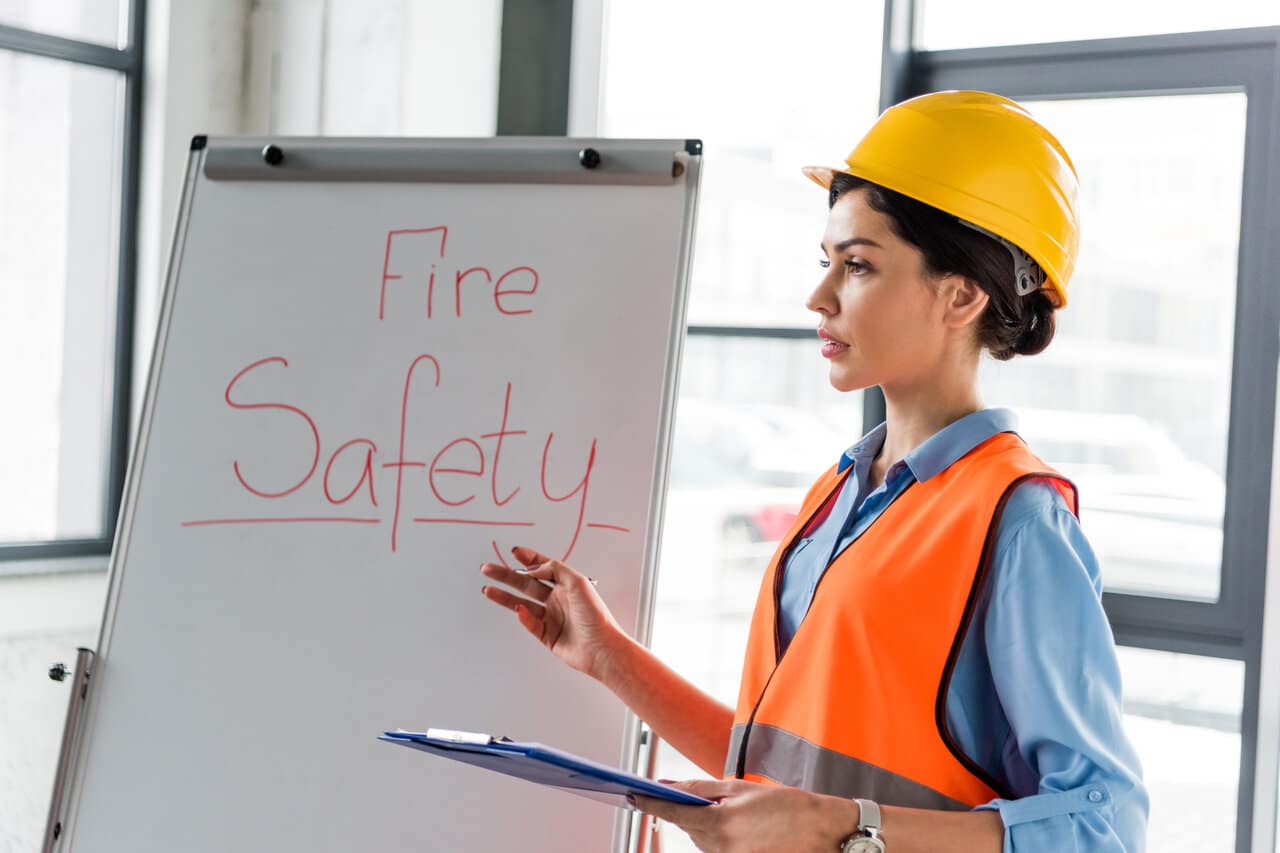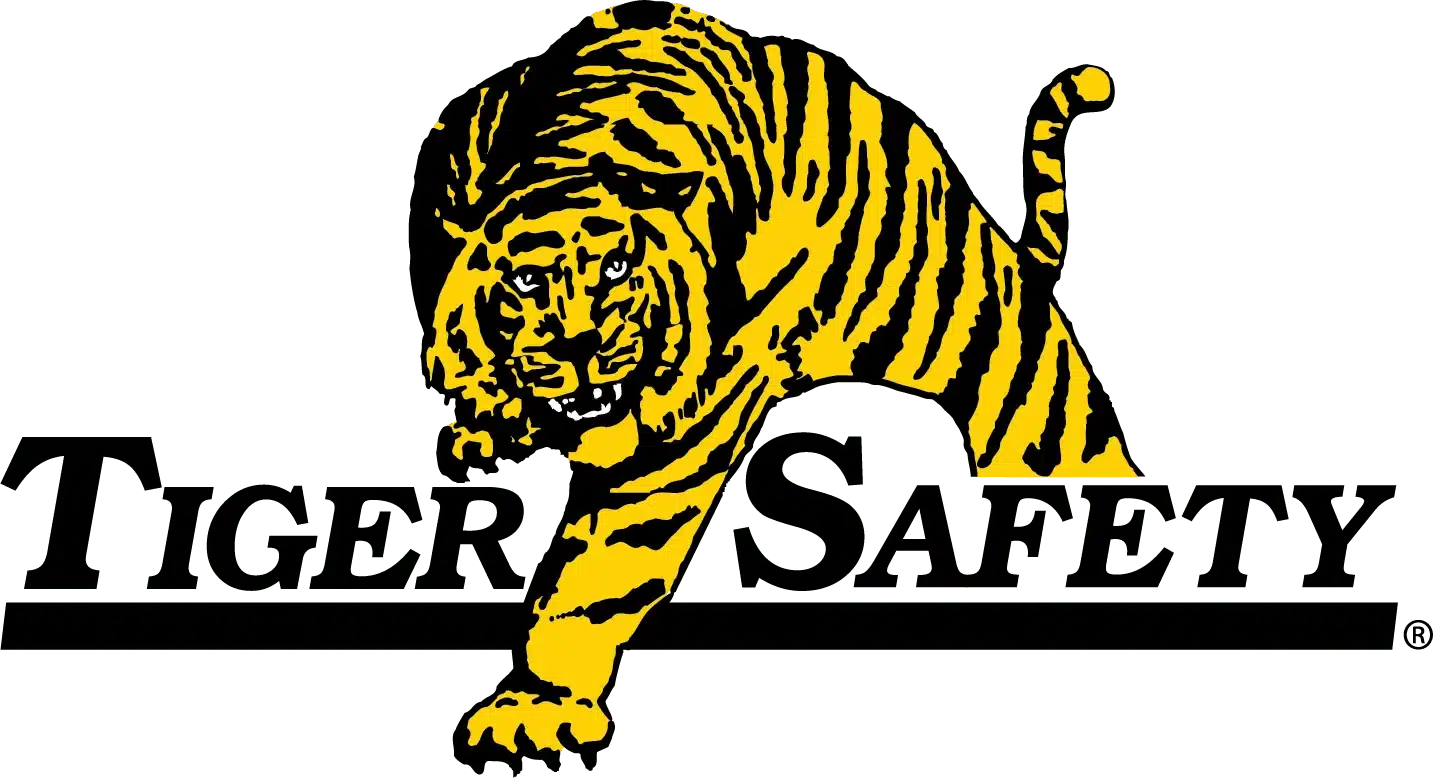In the oil and gas industry, fire safety is of utmost importance due to the inherent hazards associated with the extraction, processing, and transport of flammable hydrocarbons. Effective fire safety measures can help prevent accidents, protect valuable assets, and save lives. At Tiger Safety Rentals, we are dedicated to providing specialized safety services and equipment to help improve fire safety in the oil and gas sector.
In this article, we’ll discuss the importance of fire safety in the oil and gas industry and provide insights on implementing comprehensive fire safety strategies, including fire prevention, protection, and emergency response measures.
1. Understanding the Fire Hazards in the Oil and Gas Industry
The oil and gas industry is particularly susceptible to fire hazards due to the highly flammable nature of the materials being handled and processed in these settings. Some of the primary fire hazards in the industry include.
– Flammable gases and vapors, which can accumulate in confined spaces, leak from pipelines or be released during drilling or production operations.
– Combustible liquids, such as crude oil and refined petroleum products, can spread fire rapidly if ignited.
– Hot work operations, including welding, cutting, and grinding, that generate heat and sparks, which could serve as ignition sources.
By identifying the specific fire hazards present at your oil and gas facilities, you can develop targeted fire safety measures to mitigate these risks.
2. Implementing Fire Prevention Strategies in the Oil and Gas Industry
Fire prevention is the first line of defense in ensuring fire safety in oil and gas workplaces. Effective fire prevention strategies can help minimize the potential for fires to occur, reducing the risk of property damage and loss of life. Key elements of fire prevention in the oil and gas industry include:
– Regular inspections and maintenance of equipment and facilities, including the proactive identification and management of potential fire hazards, such as leaks or mechanical failures.
– Implementation of safe work practices and procedures, such as proper handling and storage of flammable materials, use of appropriate personal protective equipment (PPE), and adherence to hot work permit systems.
– Training and education for employees on fire safety principles, hazard recognition, and emergency response procedures.
3. Investing in Fire Protection Systems and Equipment
In addition to prevention strategies, having robust fire protection systems and equipment in place is crucial for minimizing damage and ensuring the safety of staff in the event of a fire. These systems and equipment may include:
– Fire and gas detection systems, such as smoke detectors, flame detectors, and gas monitors, that can provide early warnings of hazardous conditions.
– Automatic fire suppression systems, including water-based sprinkler systems, foam systems, or gaseous fire suppression agents, designed to extinguish fires quickly and efficiently.
– Portable fire extinguishers and firefighting equipment, strategically located and readily accessible to employees in case of fire emergencies.
Regular inspection, testing, and maintenance of these systems and equipment are essential to ensuring their optimal performance when needed.
4. Establishing Emergency Response Plans and Procedures
Developing and implementing comprehensive emergency response plans and procedures for fire incidents is a vital aspect of fire safety in the oil and gas industry. These plans should outline the steps to be taken by employees, supervisors, and emergency responders during a fire emergency, as well as the resources and equipment necessary for effective emergency response.
Key components of a fire emergency response plan may include:
– Evacuation procedures and designated escape routes, ensuring that all employees can quickly and safely leave the area in case of a fire.
– Assembly points, role assignments, and headcount procedures, to account for all employees in an emergency.
– Communication protocols and systems for alerting emergency responders and coordinating response efforts.
– On-site firefighting and rescue teams, trained and equipped to respond to fire incidents within the facility.
Regular drills and exercises can help ensure that employees are familiar with the emergency response plan and prepared to act swiftly and confidently in case of a fire.
5. Continuously Improving Fire Safety through Evaluation and Learning
Incorporating a continuous improvement philosophy into your fire safety program can help identify areas of strength, as well as opportunities for improvement, ultimately leading to a safer work environment. Regular evaluations of your fire safety strategies, systems, and equipment can unveil gaps in performance or potential vulnerabilities that need to be addressed.
Ongoing fire safety improvement may involve:
– Learning from past fire incidents or near-misses, analyzing root causes, and implementing corrective actions to prevent similar occurrences in the future.
– Conducting regular audits and inspections of fire safety measures to ensure compliance with regulatory requirements, industry standards, and best practices.
– Keeping up with technological advancements in fire detection, suppression, and prevention equipment and systems, exploring opportunities for enhancing safety by adopting cutting-edge solutions.
6. Fostering a Fire Safety Culture in the Oil and Gas Industry
Creating a strong fire safety culture within the oil and gas industry is crucial for the long-term success of your fire safety program. When employees and management share a collective commitment to fire safety, they are more likely to identify hazards, follow safe work practices, and participate in emergency response procedures effectively.
Ways to foster a fire safety culture include:
– Demonstrating leadership commitment to fire safety through clear communication, policy enforcement, and proactive participation in fire safety initiatives.
– Encouraging open dialogue between employees and management regarding fire safety concerns, ideas, and experiences.
– Recognizing and rewarding employees who contribute to fire safety improvements, exhibit safe behaviors, or actively participate in fire safety training and drills.
7. Integrating Fire Safety with Process Safety Management
Effective fire safety in the oil and gas industry can be enhanced by integrating it with your organization’s overall process safety management (PSM) system. PSM is a proactive approach to identifying and managing hazards associated with oil and gas processes, including those related to fire safety. By incorporating fire safety measures into your PSM system, you can ensure a more comprehensive and coordinated approach to addressing fire hazards and risks.
Key elements of integrating fire safety with PSM include:
– Inclusion of fire hazards in process hazard analyses, enabling a systematic identification and evaluation of potential fire risks and scenarios.
– Development of standard operating procedures (SOPs) and safe work practices to address fire hazards as part of the broader process safety framework.
– Incorporation of fire safety considerations into the management of change process, ensuring that modifications to equipment, processes, or procedures do not introduce new fire risks.
8. Enhancing Fire Safety Through Facility Design and Layout
The design and layout of oil and gas facilities can have a significant impact on fire safety. By considering fire safety during the design stage, potential hazards and risks can be minimized or eliminated, leading to safer work environments for employees.
Key aspects of facility design and layout for improved fire safety include:
– Adequate separation distances between process units, storage tanks, and other equipment handling flammable materials, to minimize the potential for fire propagation between different areas.
– Implementation of passive fire protection measures, such as fire-resistant walls and barriers, to compartmentalize fire hazards and limit the spread of fire within the facility.
– Incorporation of fire suppression systems and emergency response equipment into the design of the facility, ensuring their accessibility and effectiveness in the event of a fire.
9. Training and Workforce Development for Fire Safety in the Oil and Gas Industry
Effective training and workforce development are fundamental to improved fire safety in the oil and gas industry. By providing employees with the knowledge, skills, and competencies required to recognize and address fire hazards, organizations can help to reduce the risk of fire incidents and enhance overall safety performance.
Fire safety training and workforce development initiatives may include:
– General fire safety training for all employees, covering topics such as hazard identification, fire prevention, emergency response procedures, and the use of fire extinguishers.
– Specialized training for those involved in hot work operations, such as welders or cutters, to ensure they understand the fire risks associated with their tasks and the necessary precautions to be taken.
– Development of in-house fire response and rescue teams, providing specialized training and resources to help them effectively manage fire emergencies within the facility.
10. Collaborating with Local and Regional Fire Authorities
Collaboration with local and regional fire authorities can provide valuable resources, expertise, and support to enhance fire safety in the oil and gas industry. By working closely with these authorities, organizations can ensure a coordinated response to fire emergencies and benefit from their knowledge and experience in fire prevention and protection.
Potential areas of collaboration with fire authorities include:
– Sharing of facility safety plans and information to ensure that fire authorities are familiar with your specific hazards, processes, and emergency response protocols.
– Joint exercises and drills involving both facility employees and fire authorities, to test communication systems, command structures, and overall response capabilities.
– Incorporate fire authority input and recommendations into the development and review of your fire safety program, leveraging their expertise and knowledge of best practices.
A comprehensive and proactive approach to fire safety in the oil and gas industry is essential for protecting employees, assets, and the environment. Organizations committed to fire safety can utilize various strategies and measures, including collaboration with industry partners, continuous improvement, workforce training, and facility design considerations. At Tiger Safety Rentals, our team is dedicated to providing the specialized safety services and equipment required to support your fire safety efforts. Contact us today to discover the solutions we offer to help strengthen fire safety within your organization.
11. Fire Safety Equipment Inspection and Maintenance
Effective fire safety in the oil and gas industry relies heavily on the proper functioning of fire safety equipment, such as extinguishers, fire detection systems, and suppression systems. Regular inspection and maintenance of this equipment are critical to ensuring it is in optimal condition and ready for use in emergencies.
Key aspects of fire safety equipment inspection and maintenance include:
– Adhering to manufacturers’ recommendations and regulations for inspection, testing, and maintenance of fire safety equipment.
– Establishing a documented inspection and maintenance schedule for all fire safety equipment at the facility.
– Ensuring that all personnel responsible for fire safety equipment inspections and maintenance are adequately trained and competent in their duties.
12. Promoting Fire Safety Awareness and Communication
Effective communication and awareness-raising efforts are essential for promoting a robust fire safety culture within the oil and gas industry. By ensuring that employees are well-informed about fire hazards, prevention measures, and emergency response procedures, organizations can create a safer work environment where everyone is committed to continuous improvement in fire safety.
Strategies for promoting fire safety awareness and communication may include:
– Regular safety meetings and briefings focusing on fire safety topics, such as hazard recognition, prevention measures, and lessons learned from past incidents or near-misses.
– Displaying fire safety posters, signs, and visual aids throughout the workplace, reinforcing key information and serving as a reminder of fire safety principles and procedures.
– Incorporating fire safety information into company newsletters, intranet sites, or other internal communication channels, ensuring that employees remain updated on fire safety initiatives, new technologies, and best practices.
Conclusion
Fire safety in the oil and gas industry is crucial for protecting lives, valuable assets, and the environment. A comprehensive and proactive approach that incorporates fire prevention, protection, emergency response, and continuous improvement efforts can help organizations create safer working environments for their employees. Collaboration with industry partners, local and regional fire authorities, and fire safety service providers can further enhance fire safety performance and foster a strong fire safety culture.
At Tiger Safety Rentals, we are committed to supporting your fire safety efforts by providing specialized safety services and equipment tailored specifically to the needs of the oil and gas industry. Contact us today to learn more about how our expertise and safety equipment rental solutions can help you strengthen fire safety at your facilities.

